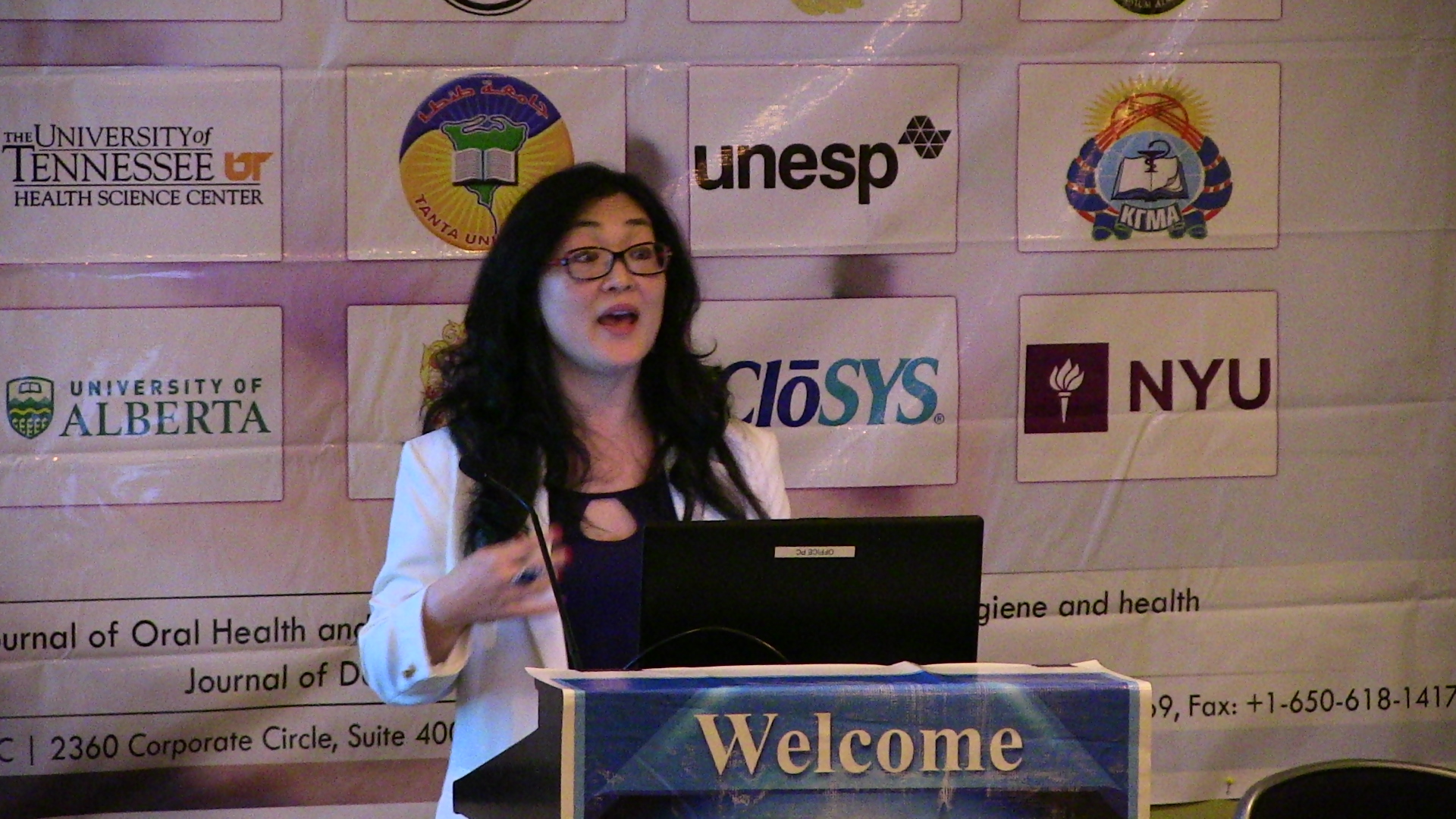Day 2 :
Keynote Forum
Raymond A Yukna
University of Colorado School of Dental Medicine, USA
Keynote: New directions in periodontitis and peri-implantitis treatment with lasers
Time : 10:15-11:15

Biography:
Abstract:
- Track 9: Dental Implants Track 10: Treatment modalities Track 11: Dental Grafts Track 12: Dental Filling
Session Introduction
Doris Hissako Sumida
Sao Paulo State University, Brazil
Title: Maternal periodontal disease in rats impairs insulin signaling and decreases GLUT4 expression in adult offspring

Biography:
Abstract:
William J Maloney
New York University, USA
Title: Considerations in the management and treatment of the Prosthodontic patient who is using illicit drugs

Biography:
Abstract:
Sheila Pestana Passos
University of Alberta, Canada
Title: Performance of zirconium abutments from different implant designs in esthetic areas
Biography:
Abstract:
Khaled Ekram,
Cairo University, Egypt
Title: Applications of digital dentistry in modern dentistry, from virtuality to reality
Biography:
Abstract:
Digital dentistry is now very widely accepted and is already in use in dental practice all over the world. This presentation will demonstrate how this innovation can provide the dentist with useful diagnostic information and additional traetment skills.This concept can integrate and combine a many different specialities together to produce a standardized computer generated surgicaland restorative dental solutions guides for the patients by allowing the operator and general practioners to apply the predetermined treatment plan for different surgical and prosthetic treatments that are difficult or even impossible to obtain by conventional methods. In this presentation, computer guided implant surgery will be discussed in detail from A to Z, starting from the CBCT scanning protocol till the drilling protocol and types of drilling systems. Also in this presentation the types of computer generated surgical stents used for orthognathic surgeries will be highlighted. Also planning for different types of prosthetic restorations can be planned in three-dimensional aspects and also excuted. In addition the translation of the digital smile design can be planned and physically achieved by the aid of many 3rd party softwares. Finally, other applications of digital dentistry will be mentioned briefly.
